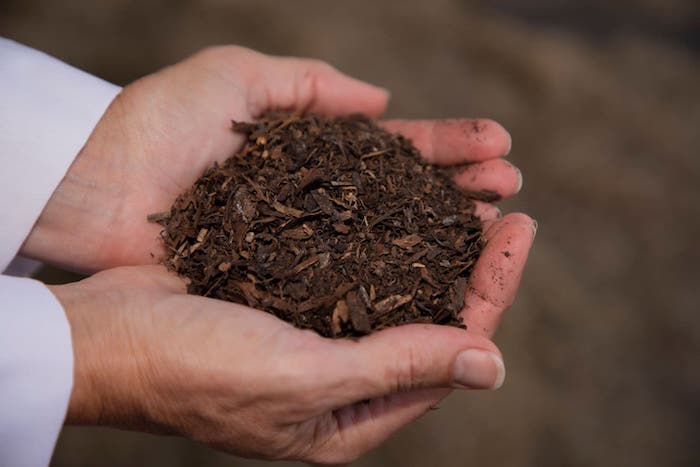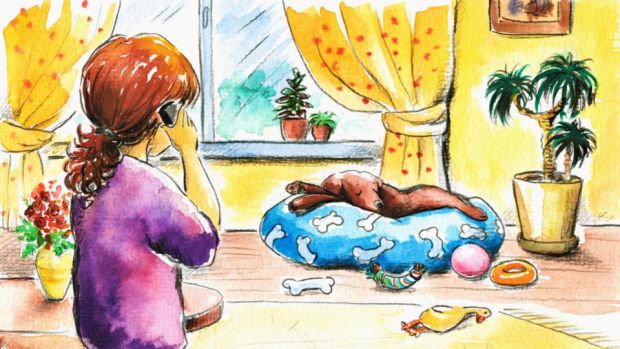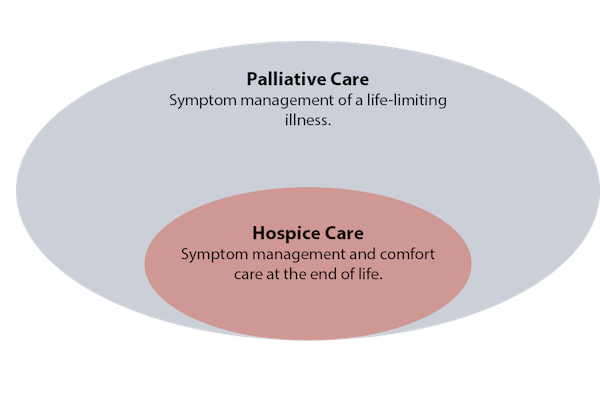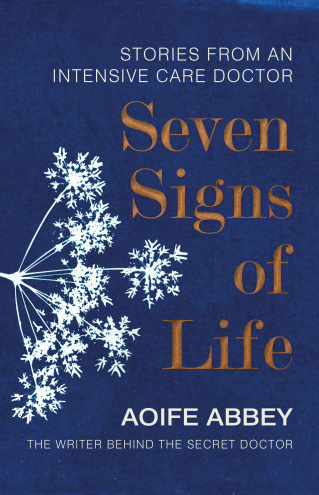“We’re making about a cubic yard of soil per person,” the founder of the company Recompose said.

By Ben Guarino
It may soon be legal for the dead to push daisies, or any other flower, in backyard gardens across Washington state. The state legislature recently passed a bill that, if signed by the governor, allows human bodies to be composted — and used for mulch.
As the nation ages, U.S. funeral practices are changing. Rates of cremation surpassed 50 percent in 2016, overtaking burials as the most popular choice. The Census Bureau, in a 2017 report, predicted a death boom: 1 million more Americans are projected to die in 2037 than they did in 2015. Human composting, its supporters say, is an eco-friendly option that can meet this growing demand. A Seattle-based company called Recompose plans to offer a service called “natural organic reduction” (it has two patents pending) that uses microbes to transform the departed — skin, bones and all.
“We have this one universal human experience, of death, and technology has not changed what we do in any meaningful way,” said state Sen. Jamie Pedersen (D), who introduced the bill, which passed with bipartisan support on April 19. “There are significant environmental problems” with burying and burning bodies, he said.
Joshua Trey Barnett, an expert on ecological communication at the University of Minnesota at Duluth, listed the flaws in conventional burials: “We embalm bodies with toxic solutions, bury them in expensive caskets made of precious woods and metals and then indefinitely commit them to a plot of land.” Though incineration has a smaller ecological footprint, estimates suggest the average cremated body emits roughly 40 pounds of carbon and requires nearly 30 gallons of fuel to burn.
The bill awaits Gov. Jay Inslee (D), who placed climate change at the center of the presidential bid he announced in March. “The bill passed the legislature with bipartisan support and appears to be eco-friendly,” said Tara Lee, a spokeswoman in Inslee’s office. Inslee has 20 days to review the bill, which arrived on his desk Thursday. “He has not stated how he will act on this,” Lee said.
Burial practices are largely matters of state, not federal, law. The bill, which would take effect on May 1, 2020, also would legalize alkaline hydrolysis. That method turns bodies to liquid using a base such as lye. In the past decade, more than a dozen states have approved it.
Pedersen said he would be “shocked, frankly,” if the governor did not sign the bill into law.
Recompose founder Katrina Spade met Pedersen in a Seattle coffee shop last year and pitched the idea of legalizing human composting. The company’s system, she said, is a souped-up version of natural microbial decomposition. “It is actually the same process happening on the forest floor as leaf litter, chipmunks and tree branches decompose and turn into topsoil,” Spade said
The company’s service, which would include a funeral ceremony, will cost about $5,500, she said (more than the average cremation but less than burial in a casket). Microbes go to work within a large vessel, about eight feet tall and four feet wide, that fits a single body along with alfalfa, straw and wood chips. Over the course of 30 days, as temperatures in the vessel rise to 150 degrees, decomposition destroys the body, along with most pathogens and pharmaceuticals, Spade said.
Pacemakers would be removed beforehand; artificial joints or other implants sifted out afterward. “We’re making about a cubic yard of soil per person,” Spade said. Families would be allowed to take the compost home, or, because it’s a lot of soil, donate it to conservation groups in the Puget Sound region. Restrictions on where the soil could be applied would mirror rules for scattering ashes — broadly speaking, only on land with an owner’s permission.
The decomposition technique “is now a fairly common procedure” used to dispose of livestock carcasses, said Lynne Carpenter-Boggs, a soil scientist at Washington State University and an adviser to Recompose. During an outbreak of avian flu, Carpenter-Boggs helped farmers implement a similar method to destroy potentially infected poultry.
Carpenter-Boggs recently oversaw a pilot study in which Recompose composted six donated cadavers. The results are still unpublished, but Recompose claimed in a news release the soil met safety thresholds set by the state’s ecology department.
“The material we had, at the end, was really lovely,” Carpenter-Boggs said. “I’d be happy to have it in my yard.”
Barnett said the media often inflates the “ick factor” of human composting. “Very few people I talk with have this response,” he said. He added: “If most folks knew the ins and outs of embalming, I suspect they would find it much ickier in fact than composting
Spade said she has been deluged by emails from those who want to be composted, with particularly enthusiastic correspondents from California, Colorado and Vermont, and overseas from Brazil, the Netherlands and Australia.
“I have a few friends at some of the assisted-living facilities here in Seattle,” Spade said, “and these folks are in their mid-80s saying: ‘Look, we want these options. … We care about the last gesture we leave on this earth.’ ”
Complete Article ↪HERE↩!








